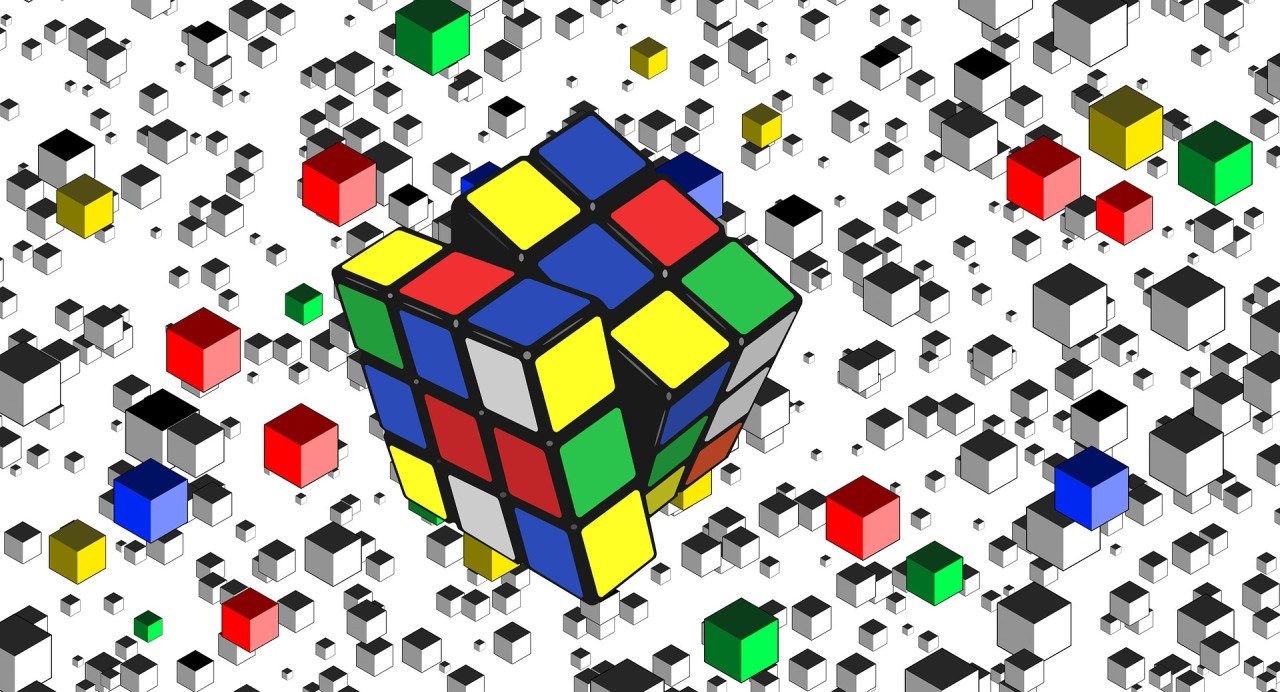
AEIOU of Design Thinking
All of us must be very well aware of the usage of the AEIOU of English Alphabets, which refer to the list of vowel letters in the Roman alphabet, however, here I am not going to talk about those, rather about the AEIOU of design thinking.
AEIOU design thinking framework provides an observation technique used to document contextual inquiries during ethnographic studies. It helps to categorize and interpret observations gathered during user research field studies and usability testing efforts. AEIOU is a framework which guides designers in thinking through a scenario or a problem from a variety of perspectives. It is useful in organizing thoughts, observations, and ideas into distinct categories. It provides a framework for observing contextual inquiries and collecting qualitative data. It will help gather observational data in addition to other ethnographic methods.
AEIOU framework:
A - Activities
E - Environments
I - Interactions
O - Objects
U - Users
The formal definition of AEIOU in design thinking is an organizational framework reminding the researcher to attend to, document, and code information under a guiding taxonomy of Activities, Environments, Interactions, Objects, and Users.
How to use AEIOU framework to conduct a contextual research/inquiry?
- Gather materials (photos, notes, videos, interviews, etc.) via ethnographic methods.
- Use the framework to "observe" the environment
- Record observations under appropriate headings
- Review and cluster observations to reveal higher-level themes and patterns.
AEIOU terms definition and how to gather information using it?
Activities are goal-directed sets of actions.
· Note down: What are the actions and behaviors are people taking to reach goals? What are the paths they follow, and the modes they work in?
Environments include the entire arena where activities take place.
· Note down: What is the overall setting in which the activities are taking place? How are people behaving in the environment? Which are the spaces where the activities take place?
Interactions are the Interactions are the building blocks of activities. Interactions includes both interpersonal and person-artifact interactions. Proximity and space may also play an important role within these relationships.
· Note down: What are the basic interactions occurring for people to reach goals, or the routines, special interactions between individuals, groups, objects in the environment and across distance and time?
Objects are the key elements of the environment, sometimes put to complex or even unintended uses.
· Note down: What are all the details that form the environment? How do objects relate to people, activities and interactions? How objects are put to use and how they can take on unexpected uses depending on the context and actions?
Users are the people whose behaviors, preferences, and needs are being observed.
· Note down: Who is present? What are their personalities like? How do they engage with other people to reach goals? What are their roles and relationships? What are their values and prejudices?
How to prepare AEIOU sheet to gather information?
The worksheet design can be a simple word document with columns, for example.
or it can even be designed like more complex empathy map.
Advantages & Disadvantages of AEIOU Framework
Advantages
- Good for recording observations and small details
- Creates a visual map of activities
- Can assist in uncovering latent needs, workarounds and unspoken behaviors.
Disadvantages
- Not good for recording macro-level social, political or cultural conditions
- Does not include changes over time
- Focuses on users and excludes other actors.
Helpful Tips while using AEIOU framework for research
- Include a section with the following information on the cover page like this (see italic). It will be helpful for the observers what to look for in the user interview sessions.
list down
- what you see (participant’s body language, etc.)
- what you hear in their words (quotes, keywords, stories, contradictions, etc.)
- what you feel that the user is feeling (emotions, confusion, passion, etc.).
- We must understand that, it shall be considered as a starting point rather than a hard-set method.
- It should be adapted and modified according to the project and depending on the researcher's needs.
- The categories are interrelated, which means that the relationships between the categories are very significant. Time-related events or occurrences can be difficult to capture without adding in a time component or specific sub-categories.

Strategic Professional Driving Business Growth | Manager, Corporate Strategy | MDI, Gurgaon
2yhave used it during qualitative ethnographic immersions to record observations...simple yet effective tool